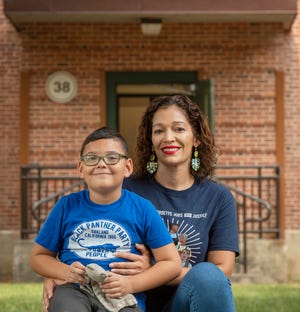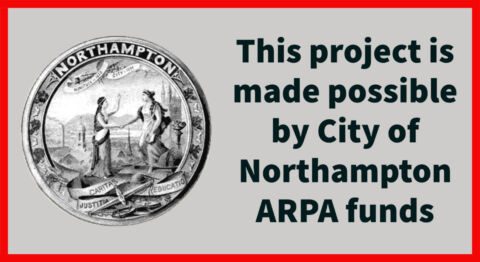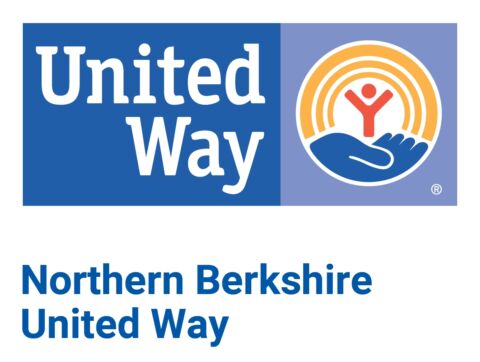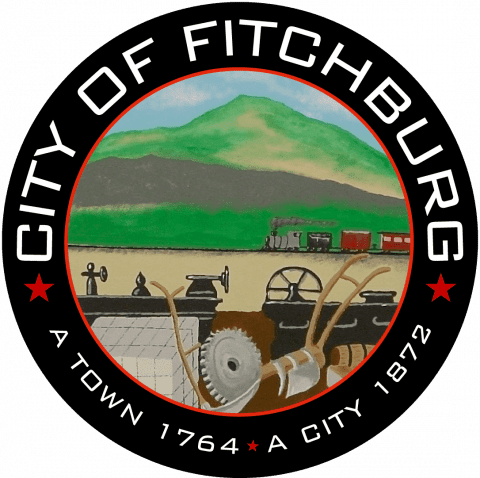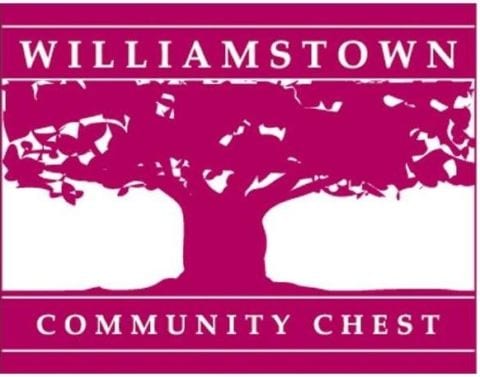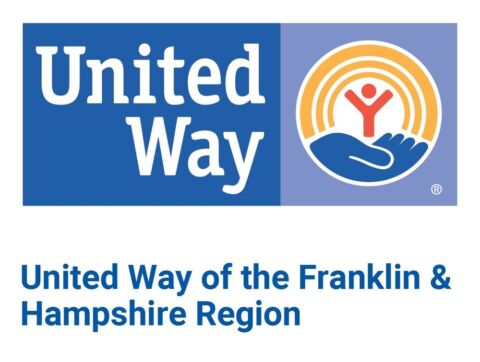Nelly Medina, a resident of the Worcester Housing Authority’s Lakeside Apartments and an activist, said that she uncovered dissatisfaction from tenants when she began working to organize them. Medina works with groups such as the Tenant and Housing Alliance of Worcester (T.H.A.W.) and Parents Union of Massachusetts.
“The hardest part is understanding how the system is set up,” Medina said. “It seems like the further we go into organizing tenants and talking to neighbors, that there’s a lot of unrest here.”
The city has touted several rental development projects over the past several years, including Courthouse Lofts, 145 Front St., the planned Madison South apartment complex and an apartment complex on the site of the old Sir Morgan’s Cove on Green Street.
Getting private developers to invest
David Sullivan, economic development and business recruitment associate of the Worcester Regional Chamber of Commerce, said that the city has been able to attract private developers to build apartments.
“We’ve actually done a pretty good job in the city of getting private developers to invest their money to build housing projects,” Sullivan said.
Sullivan said that the whole state has a housing shortage and Worcester is no exception to that. The Worcester Regional Chamber of Commerce released a housing study in 2019. The study found that the city has spurred commercial development, but supply of housing units did not meet demand.
With current proposed or ongoing housing projects, 2,265 rental units are expected to become available over the next five years that represent an investment of $477.5 million, Sullivan said, adding that 240 of the units are designated as affordable housing while the rest are market-rate. Since 2011, 1,802 units have been constructed in Worcester.
Still not meeting demand
“That seems like a lot, but it still is not quite meeting the demand that we have in the city, especially because of the population boom we’re seeing,” Sullivan said. “The chamber and the city and other places, we’re just trying to encourage as many developers to come in and build housing projects, both market-rate and affordable.”
Affordable housing units that are proposed or planned to be constructed include 76 of 95 units of senior housing at 1 Lincoln Square and 80 affordable housing units at the site of the Table Talk Pies factory on Kelley Square.
The release of 2021 census data showing that Worcester has grown to include over 200,000 residents shows that the city is well ahead of schedule for population growth, Sullivan said.
Apartment complexes such as 145 Front St., Courthouse Lofts and properties owned by Grid Management in downtown Worcester fill up quickly after they are opened, Sullivan said.
Incentivizing affordable housing construction is a priority for the city and the chamber, Sullivan said. However, Sullivan said that funding housing subsidies and tax credits to encourage private developers to build mixed-income housing can be a difficult balancing act, especially with a problematic return on investment for construction due to high lumber and steel rates.
Sullivan said it is important to keep an eye on low-income housing tax credits and their funding allotment for development. The chamber has been in contact with the offices of U.S. Rep. James P. McGovern of Worcester and U.S. Sen. Elizabeth Warren, who has been an advocate of affordable housing investments in the U.S. Senate.
Sullivan: Keep diversity in city, prevent people from getting priced out
Sullivan said that he wants to keep the city’s diverse population and prevent people from being priced out of the city, as has been the case for Los Angeles and Boston.
“We want to make sure that whatever we’re introducing to the city is beneficial to everybody here and that we retain our diverse character,” Sullivan said.
Gentrification
Tenants are getting priced out, Medina said. She said apartments that are built around Polar Park will be out of reach for many, and even more affordable apartments in the area are becoming more expensive.
“Those apartments are part of the gentrification process that’s affecting our city,” Medina said. “They’re building these homes that say ‘market-rate,’ but it’s not market-rate. Who’s there to monitor? Who’s there to make sure that they do what they’re saying they’re going to do?”
According to the National Low Income Housing Coalition’s 2021 report comparing wages to rent, fair-market rent for a Worcester-area two-bedroom apartment is $1,350, and to afford that amount of rent and utilities without paying more than 30% of income, a household needs to earn $25.96 per hour. Averages for both fair-market rent and necessary average income are down slightly from 2020.
Jane Edmonstone, senior supervising attorney of the housing unit of Worcester’s Community Legal Aid, said that the legal aid’s clients are also being priced out of housing in the midst of downtown development.
“While the city has certain thresholds to meet for affordable housing and technically meets them, it doesn’t meet the actual demand of low-income renters in Worcester,” Edmonstone said.
The past year also saw a tightening of the housing market, Edmonstone said. She said the city does not have enough of both units where rent is derived from income and units that are simply priced cheaply. Increasing market rents also limits the effectiveness of Section 8 vouchers, Edmonstone said, because fewer apartments meet the criteria for accepting Section 8 vouchers.
Racism and ethnic bias factors
Landlords who do not wish to replace walls with lead paint for cost reasons may also choose not to rent to families for risk of liability with children consuming lead, Edmonstone said. The Community Legal Aid has also found that racism and ethnic bias continue to plague who some landlords choose to rent to, Edmonstone said.
Agencies that hold housing assistance, such as funding from the American Rescue Plan Act, are also stretched thin and may not have enough people who speak Spanish to address the needs of non-English-speaking residents, Medina said.
Limited options when living in substandard conditions
Thomas Ruiz is a tenant at a multifamily home on Illinois Street in Worcester. Ruiz said that he had difficulty getting the city to respond to complaints that the property’s owner was not adequately managing upkeep until he lost hot water and a city employee came to check. While he said his apartment has worn-out floors and a rat issue, Ruiz said that his options for a new location are limited.
“There’s just little that feels that can be done because all of the opportunities for housing just really don’t exist for someone not making over $80,000 a year,” Ruiz said.
Homeownership is also elusive without good credit or the money to make a down payment, Ruiz said.
Homelessness remains an issue
Medina said that while Worcester’s housing market is considered on the rise by publications such as Bloomberg, homelessness remains an issue in the city and gentrification poses a threat to poorer residents.
“The Worcester housing market is hot, but on the other side of the fence, we have homelessness and moratorium’s about to expire,” Medina said.
Medina pointed to a School Department report that found in December 2020 that close to 2,000 Worcester students are homeless, but she believes the number is higher than even that study.
Medina said that the Worcester Housing Authority is a large evictor in the city, and those evictions can leave former tenants with a court record that could make finding future housing or a shelter more difficult.
Medina said some policies the Worcester Housing Authority has in place to deal with complaints could leave the complainer vulnerable to reprisal. She added that older tenants might also be afraid of reporting complaints for fear that they would get sent to an apartment space for older residents.
“They’re creating a sense of urgency around people who are already feeling vulnerable,” Medina said. “It’s hard for us that know that there is a better way to hear these stories, especially when I’m living among them.”
Access to green spaces at Medina’s apartment is also lacking, Medina said. She wants to start a community garden at the apartment and have better access to a nearby playground.
However, Medina said that her organizing has helped bring her and her son closer to her fellow tenants.
“I’m really glad that between all of this loss and all of this confusion, all of this exploitation, we have come to a place of understanding and community,” Medina said.
The Worcester Housing Authority did not return a call for comment.
With upcoming ARPA money, Medina wants the city to put over $20 million into its affordable housing trust fund and assemble a task force of community members to make decisions on how to spend trust fund money. Ruiz wants the state to implement a form of rent control and for an assessment process to exist so landlords do not overcharge for the quality of their properties.
